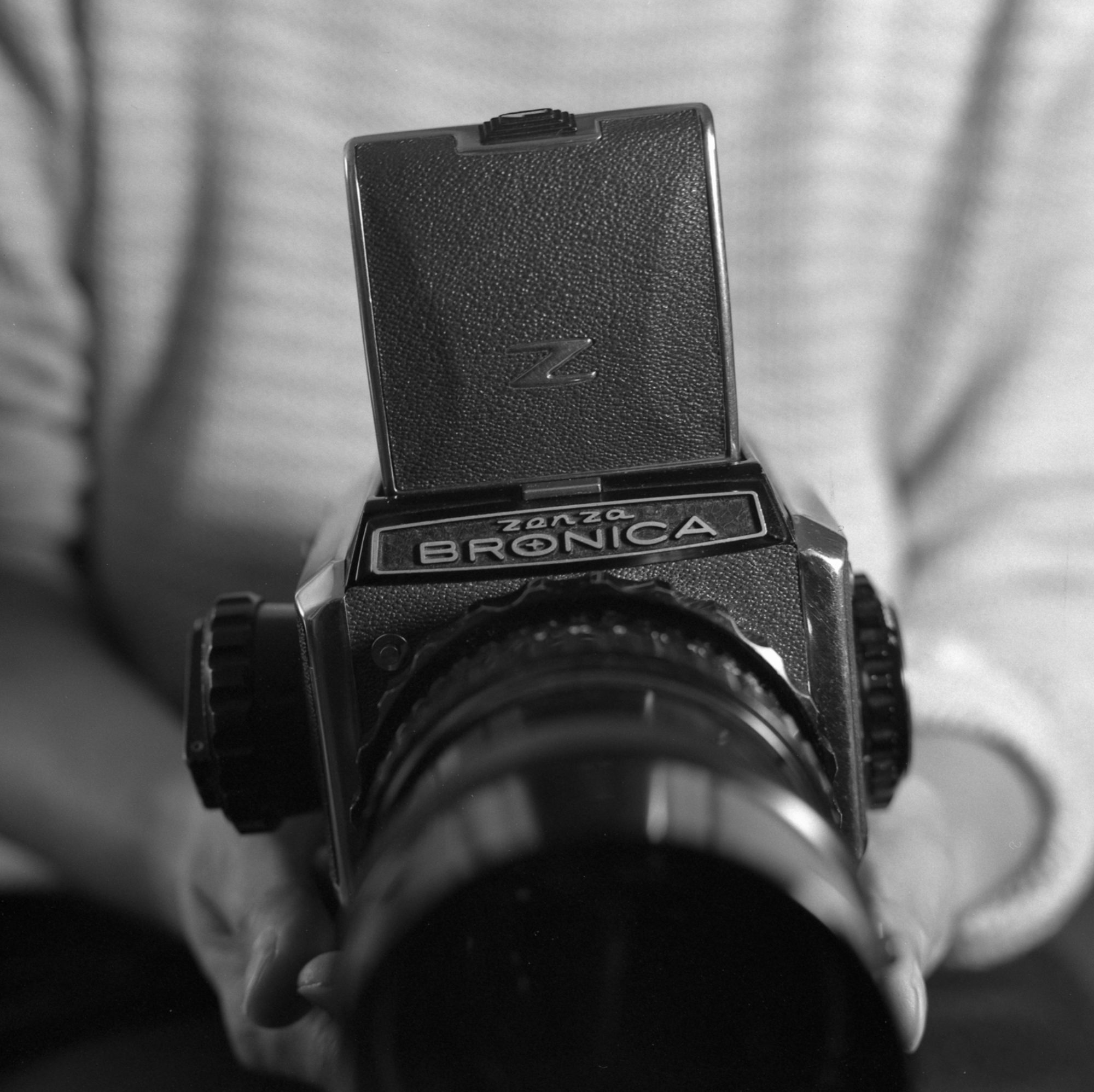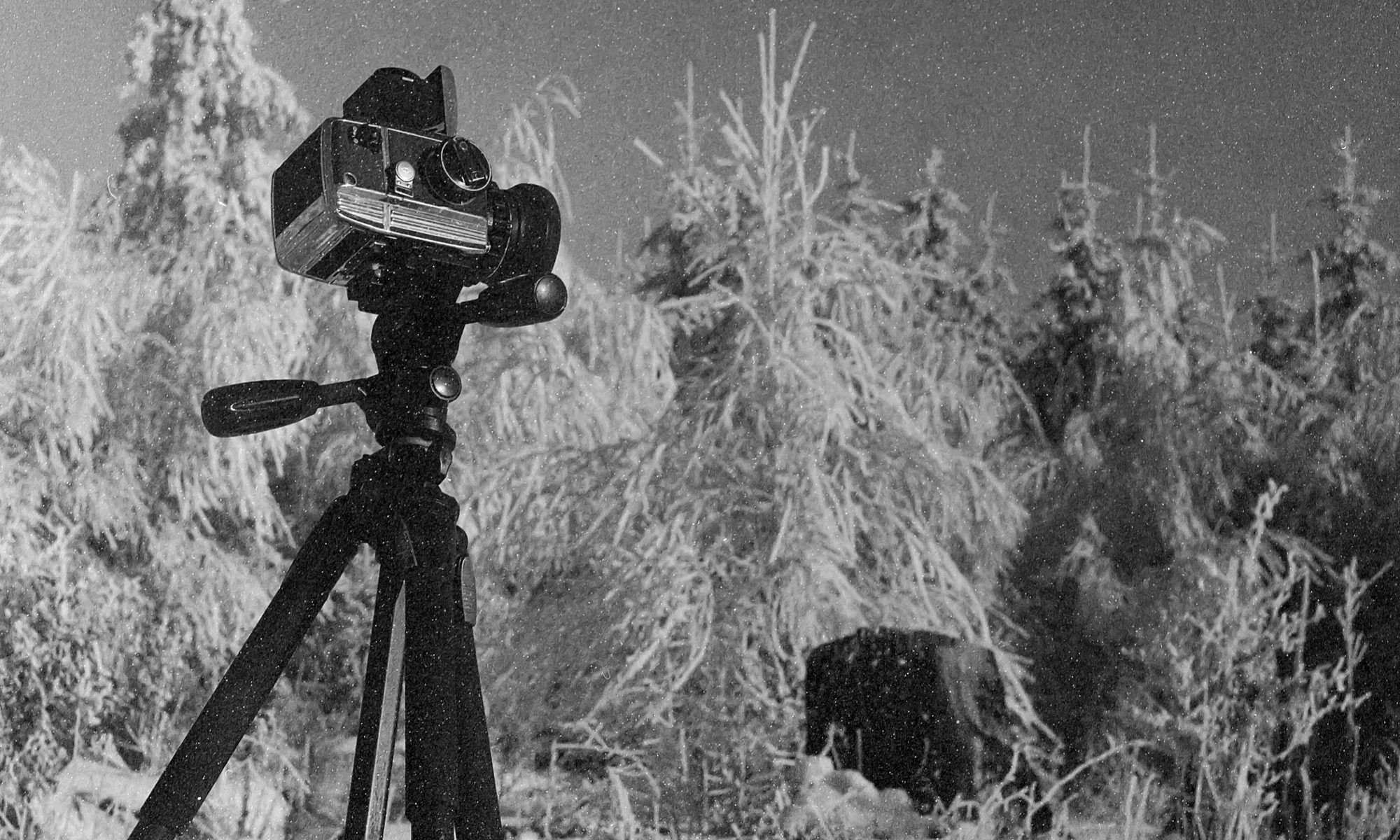After I finally got to put aside the worries of writing stories, I took my old cameras (at least something here is older than me) and headed to places just a short distance from home. It was like a cleansing ritual, back in reality. I wish you beautiful days and nights 📷🎞🌞🌛🌹🙏
- Zenza Bronica S2+ Nikkor P 75mm + red filter and Flexaret VII
- expired Kodak TriX + expired Fomapan
- Ansco 130 as negative developer 1+20, 40 min(20°C)
- Fomatone MG Clas + Ansco 130
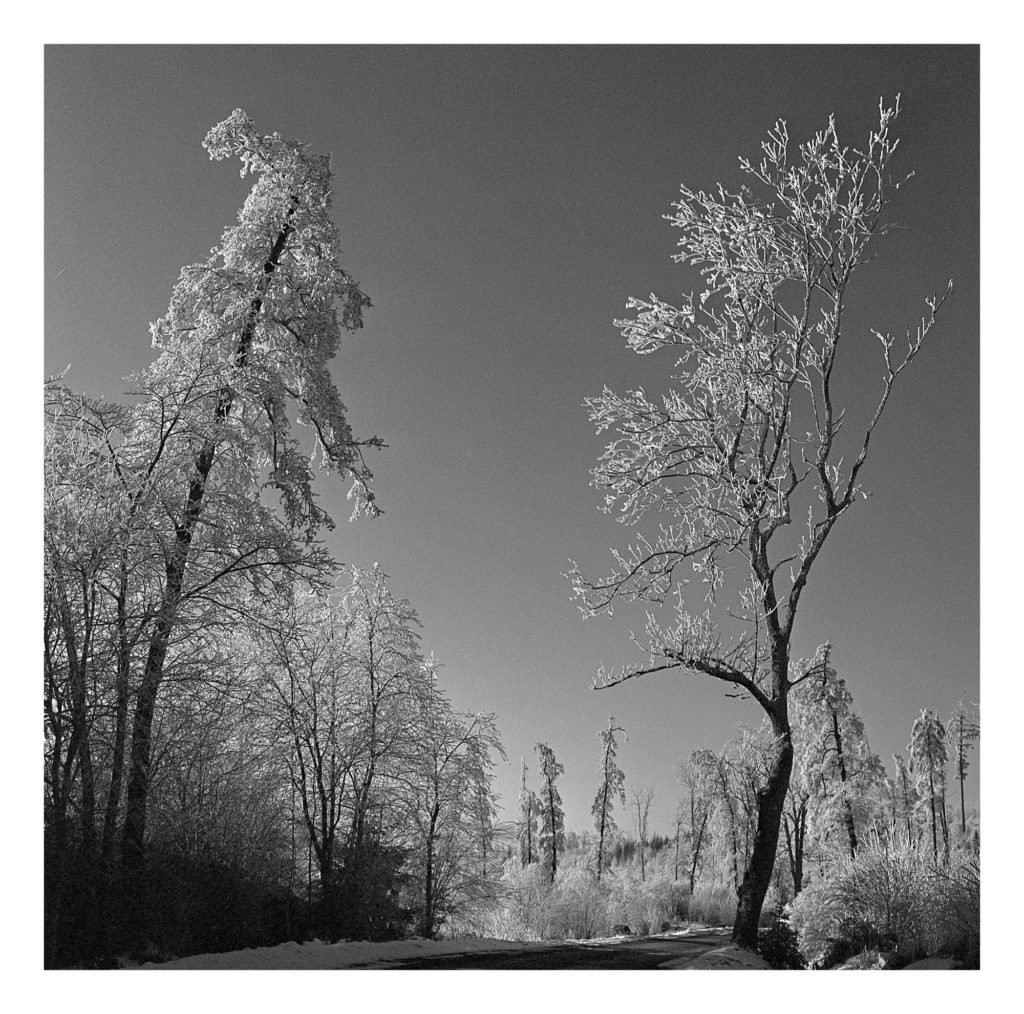
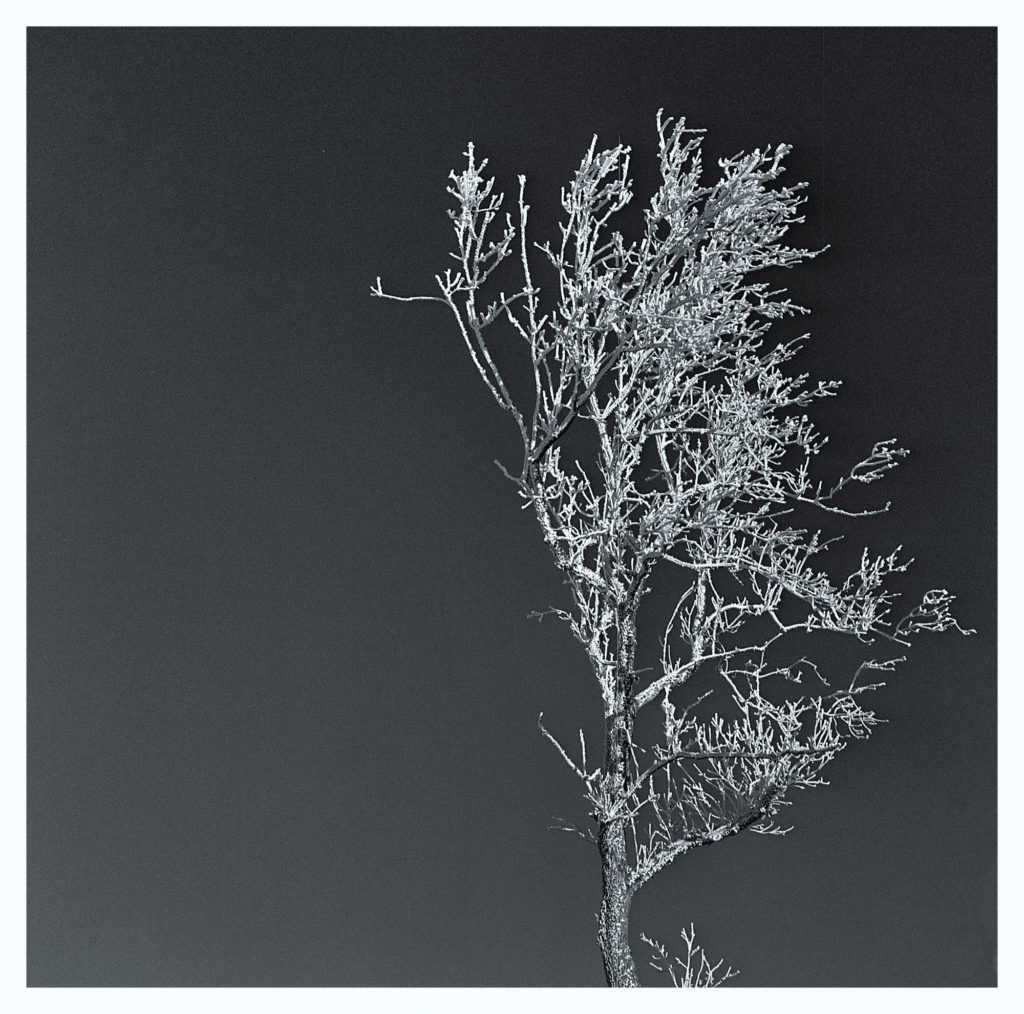
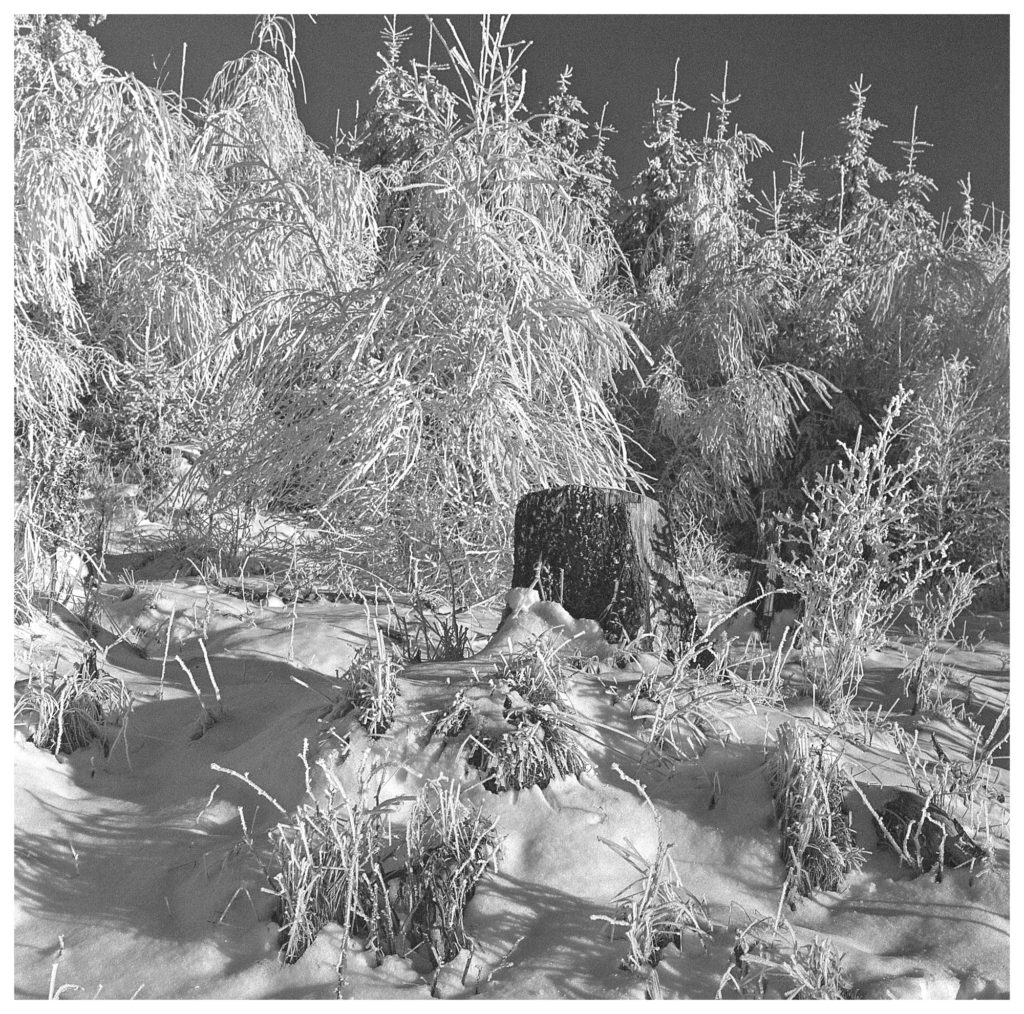
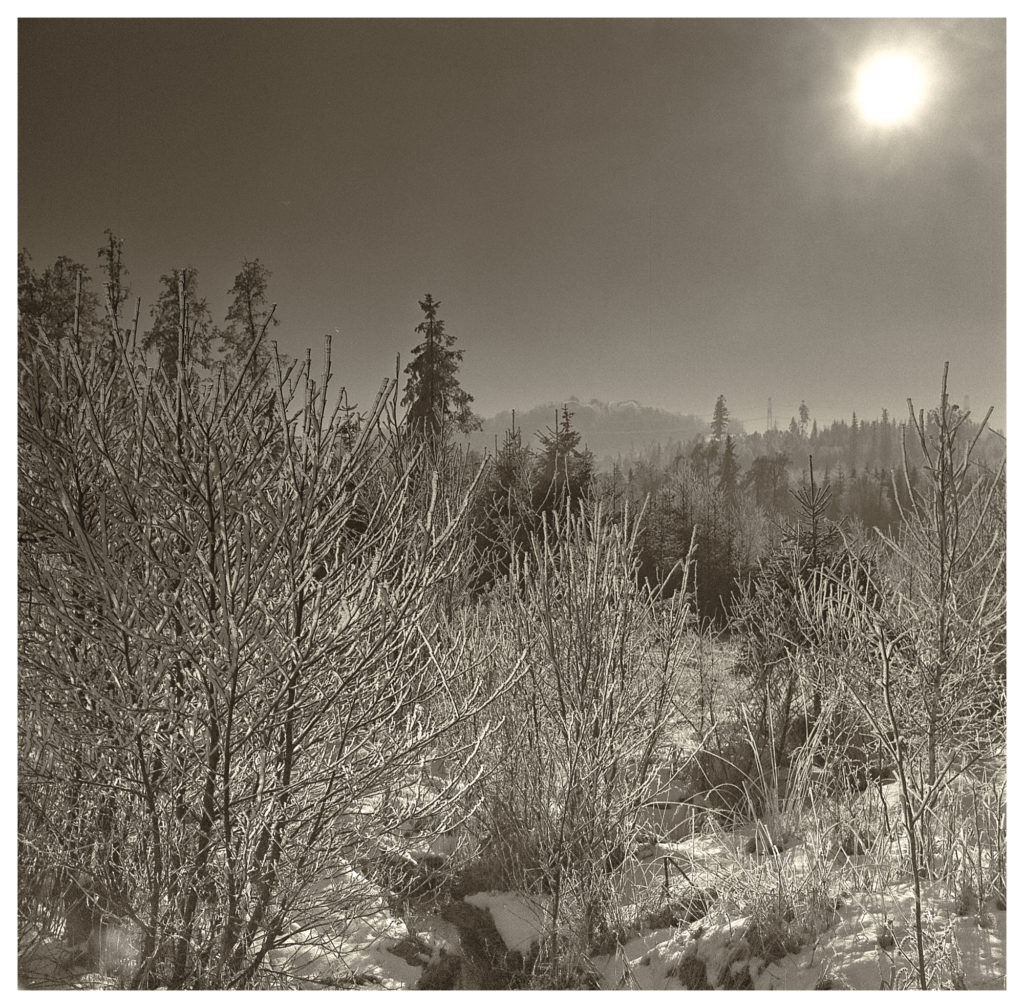
All photos are my own and copyrighted. Their use is prohibited without my written consent.MIC©
